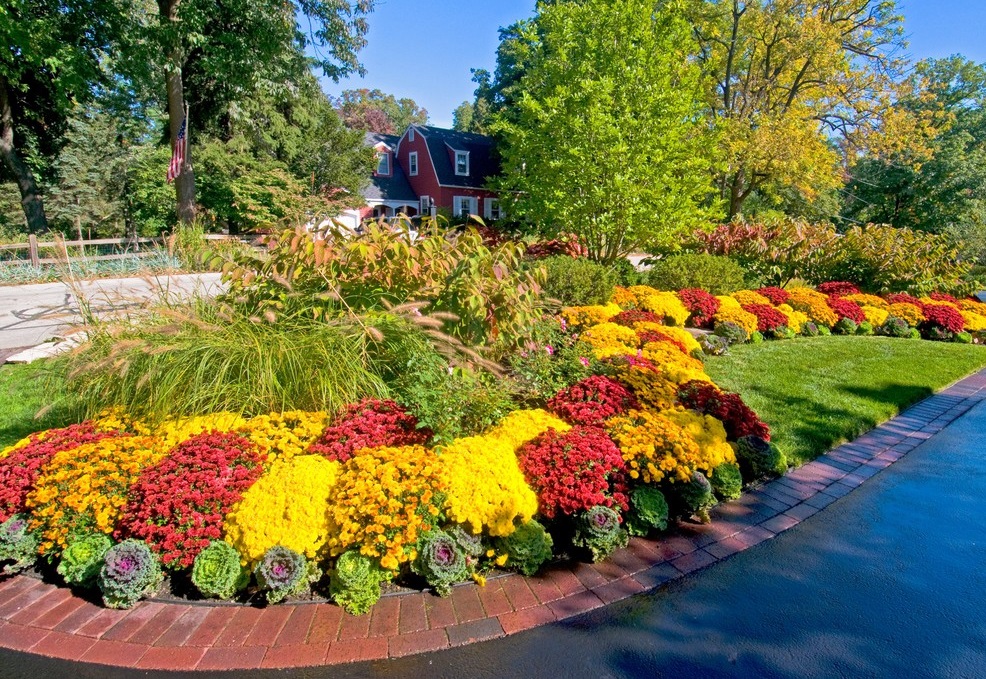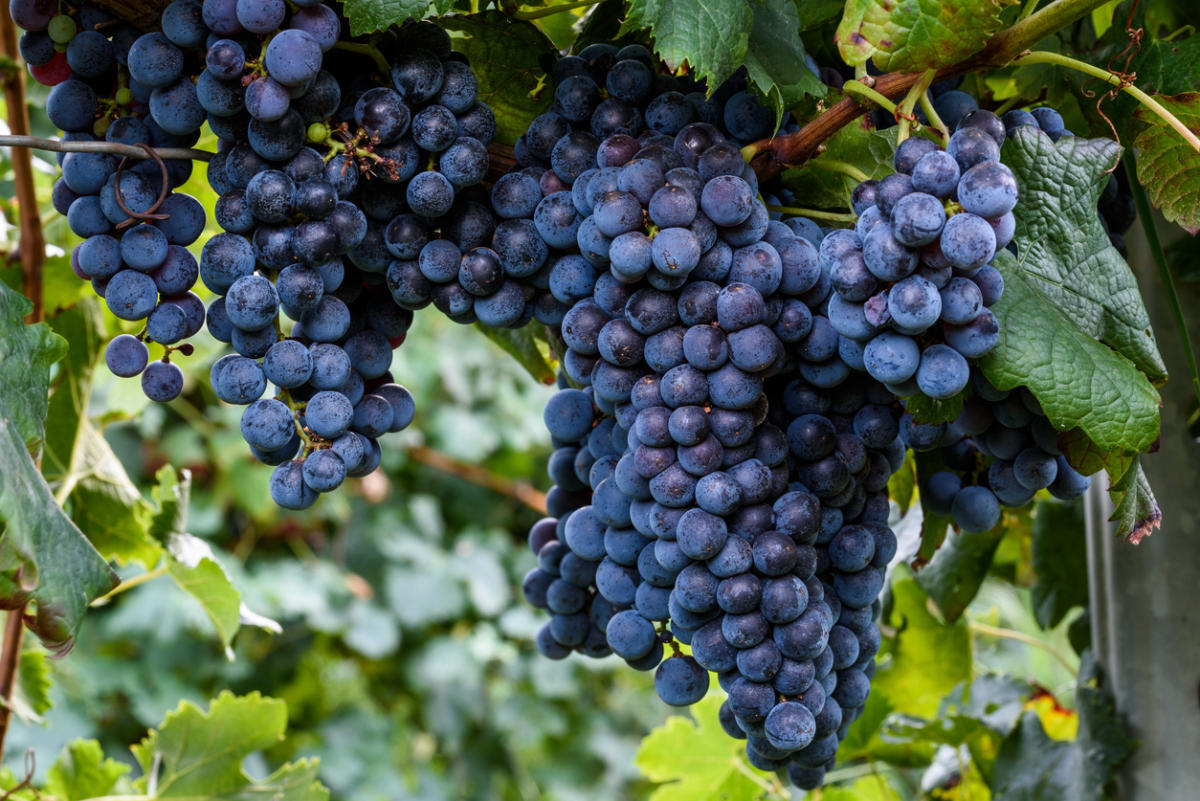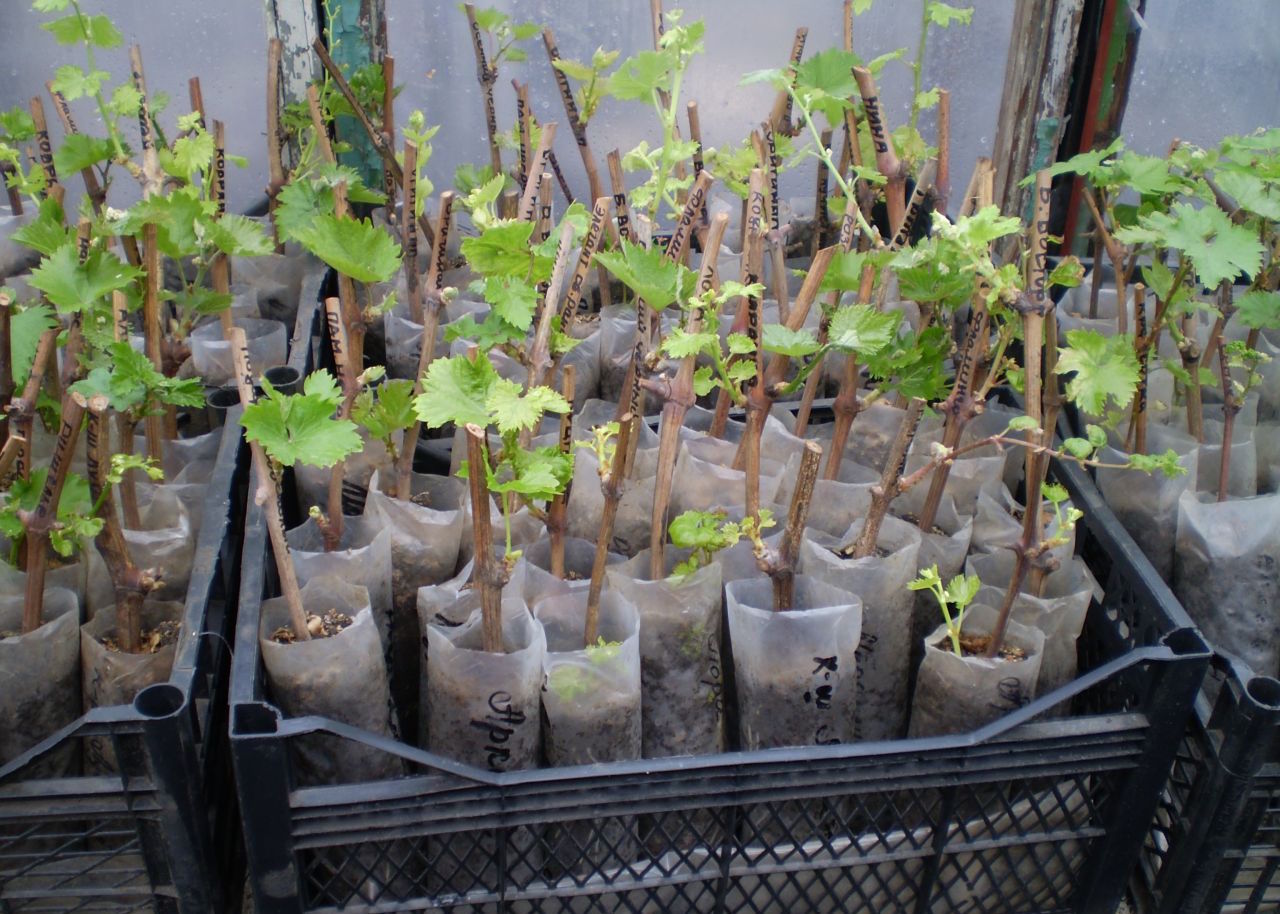In the decorative cultivation of plants, specially prepared soil is used. This soil is a material after the decomposition of foliage, turf, wood, humus, moss, peat, contains a lot of humus, but taking into account the raw material has different chemical and physical characteristics.
As a rule, the following lands are prepared in horticulture:
- sheet;
- peat;
- turf;
- compost;
- humus.
Content
Description and characteristics of turf land
Sod land is prepared on pastures, it is advisable to use a long-term, fallow, old grass stand for this. It is not worth preparing it on the sites with low or high acidity... In this case, the sod land is divided into:
- light - with a large volume of sand;
- medium - with the same parts of sand and sand;
- heavy - with a large volume of clay.
Preparations begin in early July. By this time, the grass stand has already reached its full development, and the prepared sod with the necessary care can decompose by frost. The layers are cut with a size of 25-35 cm, with a layer of 9-12 cm, taking into account the density of the sod land. The length is chosen at personal discretion.
The sod is folded in stacks 1.4-1.4 meters of any length so that the grass cover of any subsequent layer fits over the grass cover of the lower layer. Sandwiches are treated with a liquid mullein mixture to make decomposition faster and to saturate the soil with nitrogen. To reduce acidity, add several kilograms of lime per cubic meter. earthen mixture. From time to time, the stacks are watered with manure, and so that it does not flow down, a trough-shaped depression must be organized on top of the stack.
High-quality sod land will be available only after two years. Over the next summer season, the stack must be overpaid at least several times. In autumn, the land is removed to the utility room and used for work. Located on the street, it loses its properties - nutritional value, elasticity, etc.
Sod land is the most important in horticulture, it is quite porous, enriched with all the nutrients that last for many years. It is used for growing greenhouse and indoor flowers, as well as for all kinds of earthy substances.
Other types of earthen mixtures
Leaf land
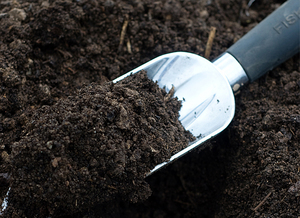 It is prepared in the autumn in deciduous plantations. The best are the leaves of acacia, maple, linden, fruit trees. Willow and oak foliage contains a large number of tanning elements, therefore they are not used for preparation.
It is prepared in the autumn in deciduous plantations. The best are the leaves of acacia, maple, linden, fruit trees. Willow and oak foliage contains a large number of tanning elements, therefore they are not used for preparation.
Sometimes forest flooring is used for harvesting, removing the top layer 3-4 cm. The collected dried foliage or forest flooring with pieces of small branches, grass, etc. transferred to stacks of 1.2-1.2 meters of any length. During laying, watered with a mixture of mullein or liquid manure and rammed, otherwise the leaves decompose poorly.During the next summer season, this mass is necessary water several times liquid manure and shovel thoroughly. You can add a little lime before mixing. By the next fall, the leaves rot and transform into leafy ground.
Humus land mixture
In greenhouse conditions, this land is also called a greenhouse, since it is made from rotted manure with soil in a greenhouse. Animal dung, laid in greenhouses from spring in the role of biological fuel, becomes humus by autumn.
- Light humus is obtained from the manure of sheep and horses;
- From cow dung - heavy.
The humus removed from the greenhouse in the fall is laid in stacks, just like for sod land, moistened and over the next summer season, shoveled several times. The stacks are on the street for one year. Then their humus is stored in a utility room.
Peat land mix
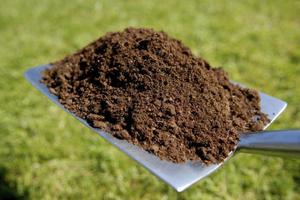 Most often her prepared from peat bogs... Sometimes peat chips or briquettes are used for its preparation. Already decomposed peat is piled up. During laying, layers after 22-27 cm are watered with liquid manure. At the end of the first season and in the middle of the second, the peat is shovel and for 3 years it is ready for use.
Most often her prepared from peat bogs... Sometimes peat chips or briquettes are used for its preparation. Already decomposed peat is piled up. During laying, layers after 22-27 cm are watered with liquid manure. At the end of the first season and in the middle of the second, the peat is shovel and for 3 years it is ready for use.
Peat soil is quite hygroscopic, loose, elastic. It is used for various earthy substances as a baking powder, most often with sod soil, since this increases its physical characteristics, making it lighter and loosened.
Compost ground mix
It is harvested by composting in stacks, pits of various animals and organic residues, weeds, household waste. As the residues accumulate, they are transferred for disinfection, watered with slurry and sprinkled with peat. The next season, the compost heap is shoveled several times, moistening with slurry... At the end of the third season, the compost is ready for use. Its properties and quality are quite varied and will depend on the type of household waste and the properties of the compostable raw materials.
As a rule, compost stacks in terms of the amount of nutrients are in an intermediate state between leaf and turf.
Heather land mix
Today it has lost its meaning and instead, a substance is used, which consists of three parts of peat, two parts of leaf compost and part of sand. It is prepared in the same way as compost.
Garden land mix
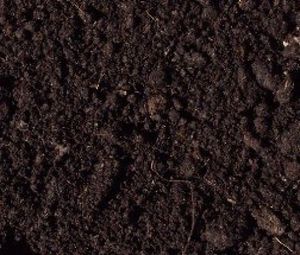 They begin to prepare it and stack it in stacks in the fall, mixing with potassium, manganese, phosphorus and lime. In the summer, they shovel twice. From an area that has had plants that are solanaceous and cabbage varieties over the past few years, soil is not collected.
They begin to prepare it and stack it in stacks in the fall, mixing with potassium, manganese, phosphorus and lime. In the summer, they shovel twice. From an area that has had plants that are solanaceous and cabbage varieties over the past few years, soil is not collected.
A high-quality garden soil mixture with a small addition of sand can be successfully used for cultivated indoor flowers.
Woody ground mix
It is prepared from roots, logs, wood chips, dead wood, rotten trees, etc. The decomposed wood residues create a light, similar in composition to leafy, but poor in useful elements and acidic soil. It is used for growing bromeliads, daffodils and orchids.
Compost bark substance
The ground bark is stacked, mixed with sludge from the settling tanks of cellulose mills, this creates decomposition of the bark due to various trace elements. Biological and chemical processes during composting take place more intensively in a substance with a bark size of 2-6 mm with a mixture of urea for less than one percent of the dry weight of the bark during the first month. Composting with the condition of constant shoveling takes about 1.5 months in summer and up to 5 months in winter. The temperature in the compost rises up to approximately 68-75 degrees.
Compost in one cubic meterhas approximately 64 grams of phosphorus, 350 grams of potassium, 25 grams of manganese, 35 grams of iron, 35 grams of magnesium, copper and other substances. It is mixed with peat, adding a little lime, sometimes clay and phosphorus, and thus is used to improve the soil.
Additives to various earth substances
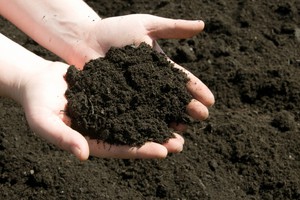 Moss. Sphagnum is prepared in the swamps. After drying, grinding and sieving, the moss is used in earthen substances to impart absorbency, friability and lightness, that is, to increase the moisture content. Pure moss used in the cultivation of lilies of the valley, for covering the roots of orchids and other indoor flowers. Best suited as a substance for the stratification and growing of large seeds (banana, avocado).
Moss. Sphagnum is prepared in the swamps. After drying, grinding and sieving, the moss is used in earthen substances to impart absorbency, friability and lightness, that is, to increase the moisture content. Pure moss used in the cultivation of lilies of the valley, for covering the roots of orchids and other indoor flowers. Best suited as a substance for the stratification and growing of large seeds (banana, avocado).
Small pieces of charcoal are added in small amounts to mixtures for flowers that do not respond well to strong moisture. Coal absorbs excess moisture, and when it is lacking it gives it back. In addition, it is used as an antiseptic preparation in the form of a powder for sprinkling slices on dahlia tubers, gladioli, cannes roots, etc. To a certain extent, it absorbs herbicides and other chemical elements from the soil.
Sand. The best is river coarse sand. Sea sand must be thoroughly washed in advance, eliminating salts. Quarry sand is not suitable, which contains oxides of iron and other metals that adversely affect plants, as well as silty and clay elements.
Most often, sand is added to earthen mixtures without any processing. in the amount of 1/4 of the total, for better looseness. During grafting and backfilling of seeds in sowing containers, bowls, greenhouses, the sand is thoroughly washed with running water from silty or loamy elements. For difficult rooting plants, quartz sand is used. This sand gives the mixtures porosity and looseness, this ensures the passage of air and water to the roots of flowers, prevents the formation of moss, fungi in boxes, containers with cuttings and crops.
Mixing and storage of land mixtures
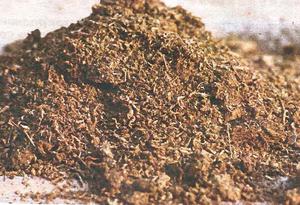 As a rule, in the floriculture industry, reserves of garden lands are made for several years in advance, stored in a closed and warm room. Before that, the lands must go through a roar. For any type of land mix make special chests, they are often placed under shelving in greenhouses. In this case, you need to make sure that when watering the flowers, the water does not pass into the lari.
As a rule, in the floriculture industry, reserves of garden lands are made for several years in advance, stored in a closed and warm room. Before that, the lands must go through a roar. For any type of land mix make special chests, they are often placed under shelving in greenhouses. In this case, you need to make sure that when watering the flowers, the water does not pass into the lari.
For the correct cultivation of various flower crops on the farm, you need to have all the above-described land compositions. They must be free from pests and viruses. When composing substances, it is necessary to take into account the biological properties of flowers, their age, growing conditions, as well as the reaction of the earth, in which this plant can develop.
